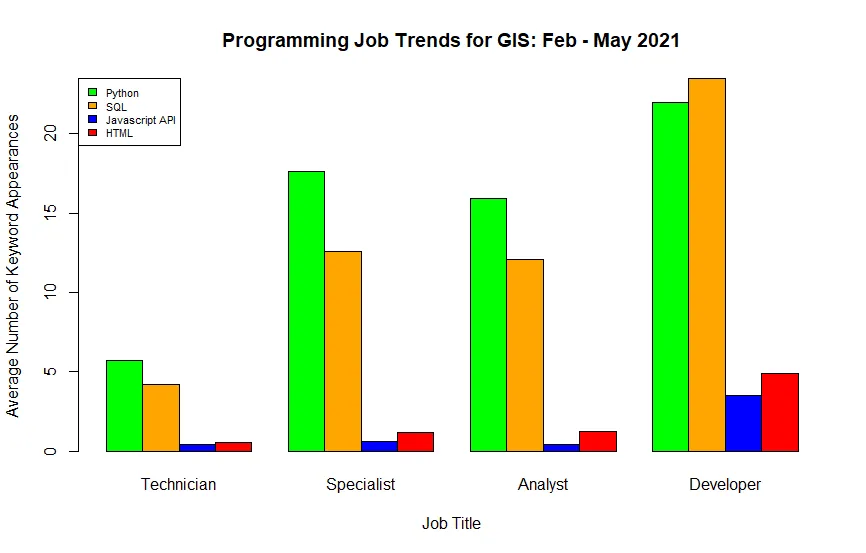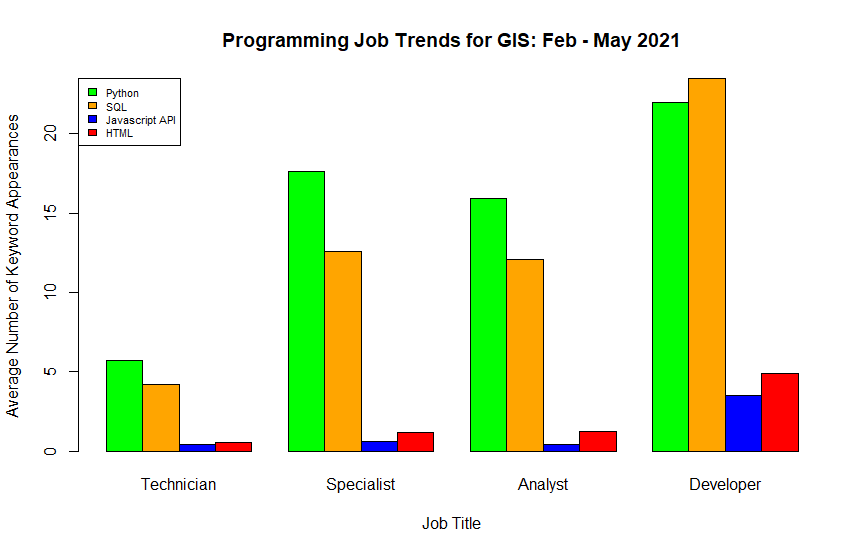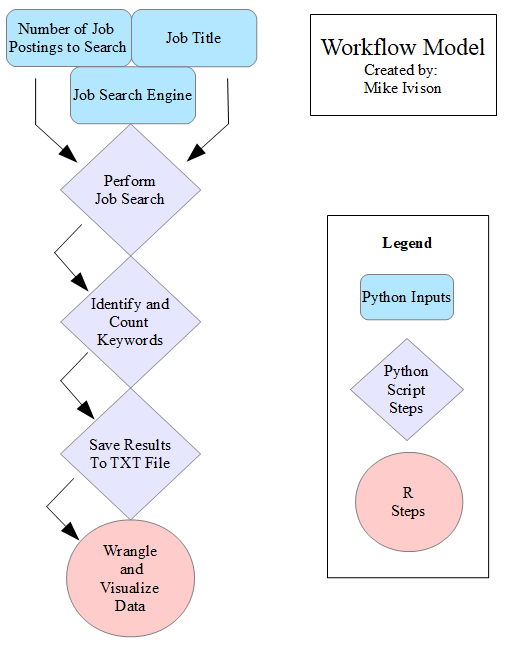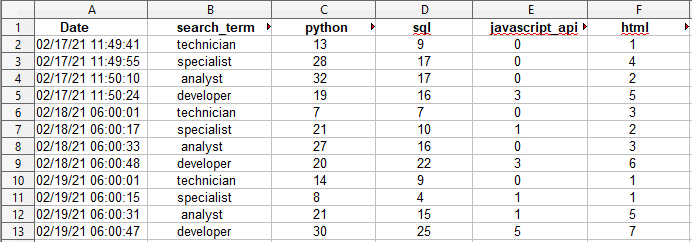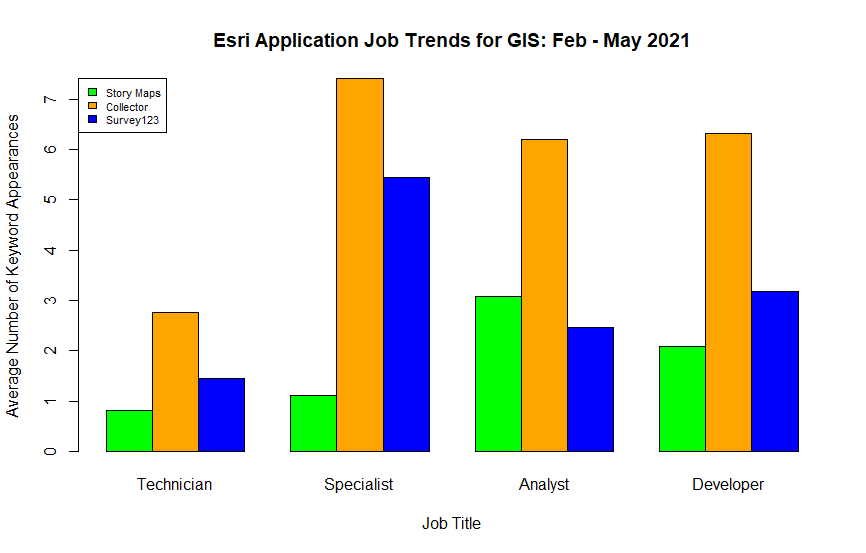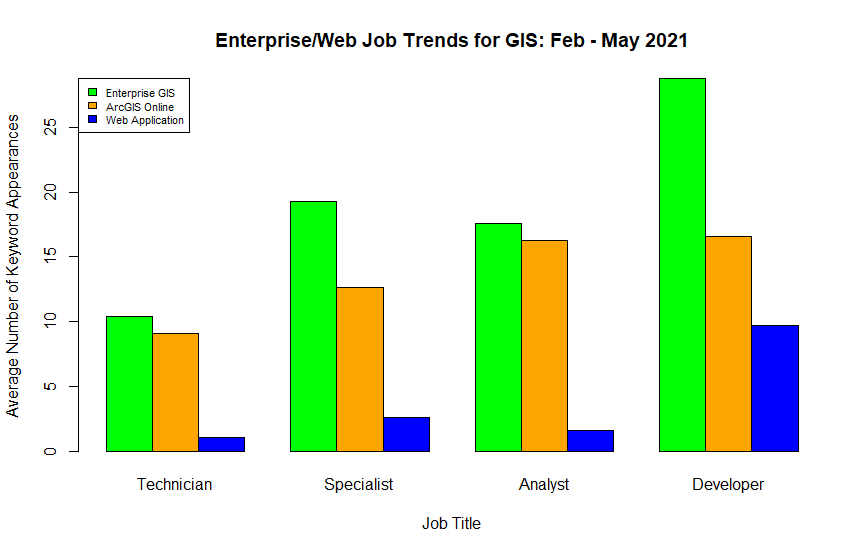
This personalized Star Map is the best gift you can buy and receive
We, as humans, have always been drawn to the night sky. Those bright, white dots in the pitch black blanket that spreads over our heads during the night have always captivated even the most uninterested of eyes. Stars have always been an interesting topic, whether it’s scientific or magical, exact or ambiguous, they’ve been there, rolling on our tongues.
Stars charts and astronomy is also an important part of the heritage of cartography and navigation. Since ancient times, people have observed the night sky to predict the future, navigate and understand their place in the universe. So-called Celestial cartography goes back to 2nd-century Greek mathematician Claudius Ptolemy and his astronomical manual Almagest, which served as the primary guide for European and Islamic astronomers until the beginning of the 17th century. Many cultures organized the stars into heavenly patterns called constellations that were reflecting stories and believes. In ancient Greece, these constellations were viewed as symbolic representations of classical Greek heroes and figures. These images formed the origin of the cosmological and celestial charts in beautiful star atlases of the 17th and 18th Centuries.

Curtesy @thepastelsuitcase
In the most recent era, start charts and constellations have nearly disappeared from the books and atlases as astronomy has been led by scientific discoveries rather than aesthetics and sentiment. Maybe this is why the Under Lucky Stars project caught my attention. The idea is to make printed personal star charts of the constellations in the sky at any past or future moment chosen by users. It is simple yet brilliant. I have immediately ordered one for my map collection, however, I can imagine that it is a perfect gift for and from any Geo Geek.
To generate your own star maps, you go to the Under Lucky Starts website and select a location and time. The engine calculates the azimuth and maps the position of the stars for any given moment in time. You then choose one of the 16 different designs, three sizes and six frame options. You can also type in a personalized title above the picture (although I decided not to keep it more personal).

Curtesy @inmyattic_
I have received my Star Map in a few days, and I love the design and quality. It shows the projection of the visible sky with the cardinal directions (North, South, East, West) indicated. The stars close to the edge of the circle were closer to the horizon in my chosen moment, while stars close to the circle’s centre were visible right above my head. The size of each dot indicates the apparent magnitude of the star. The map also adds some of the visible constellations like Cassiopeia, Orion or Leo.
I’ve ordered the map of curiosity, and I was pleasantly surprised by the aesthetics and experience it provides. Also, the print and frame quality gives you a premium feel. All my friends and family can expect to get one for any upcoming occasion 😉.







